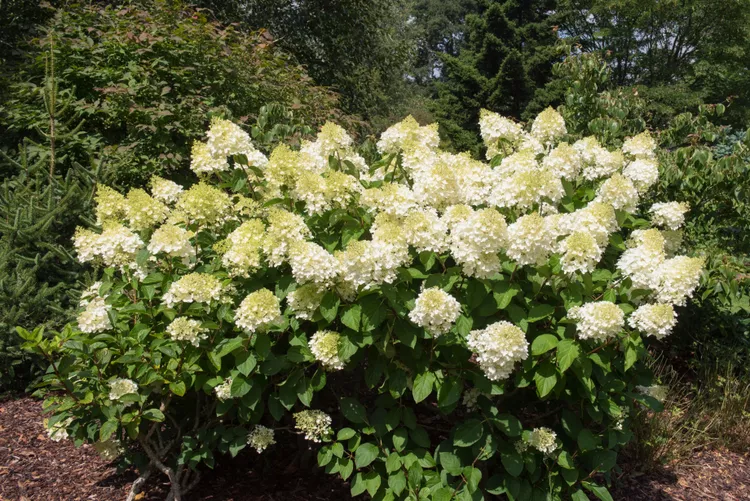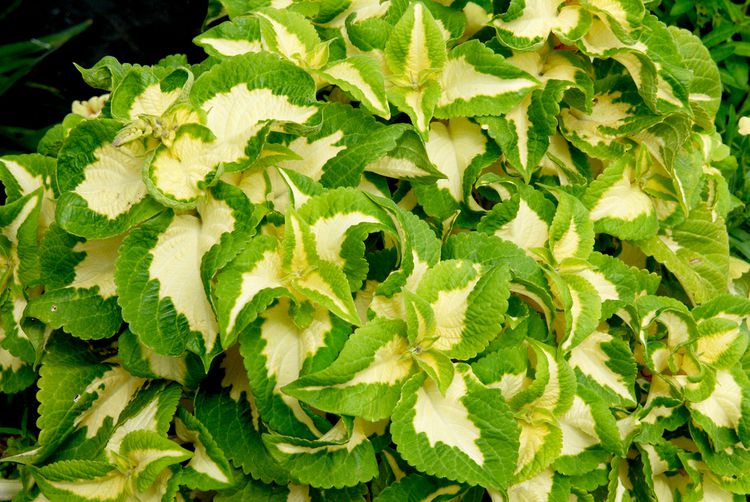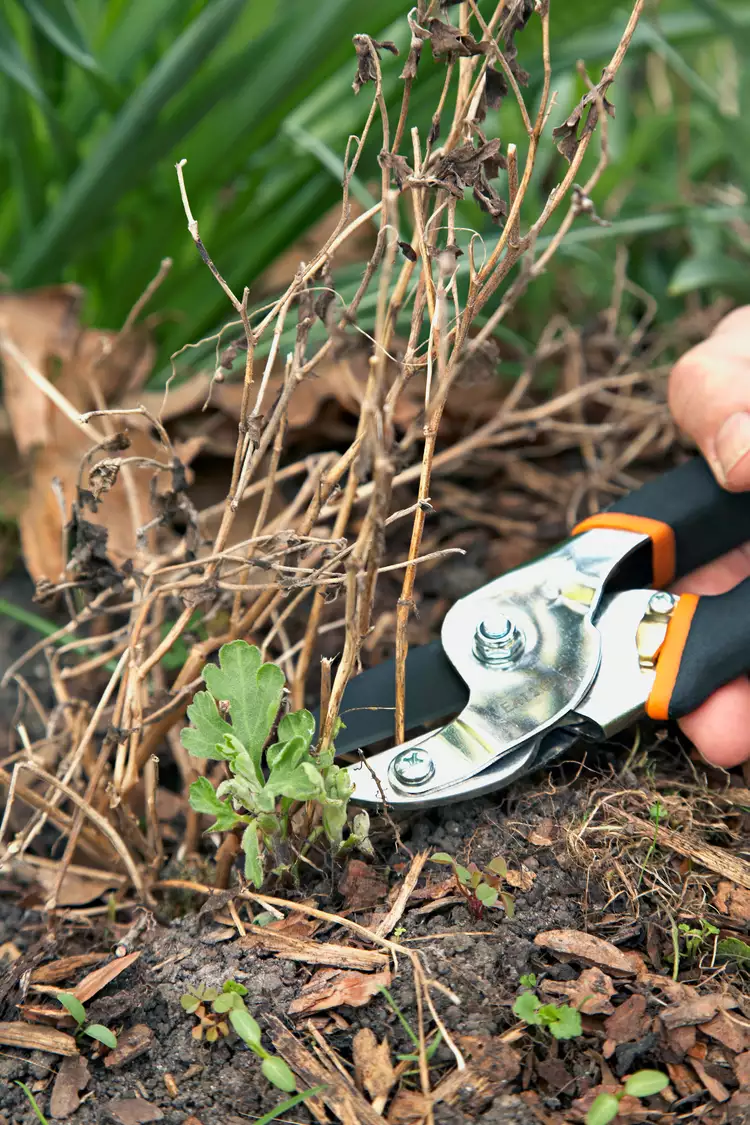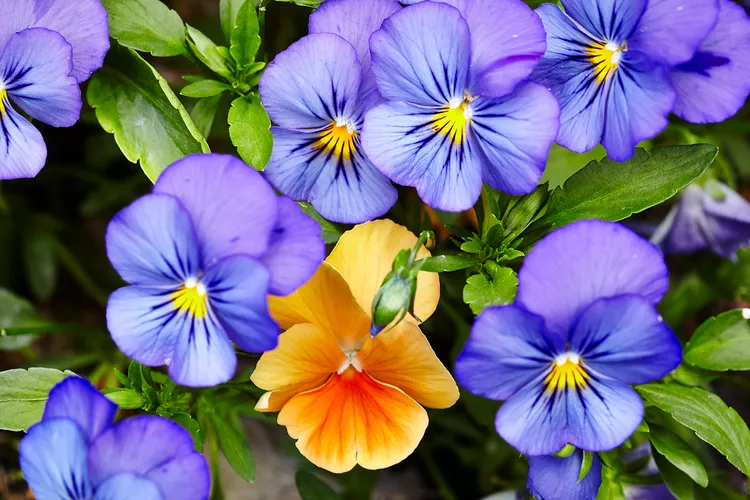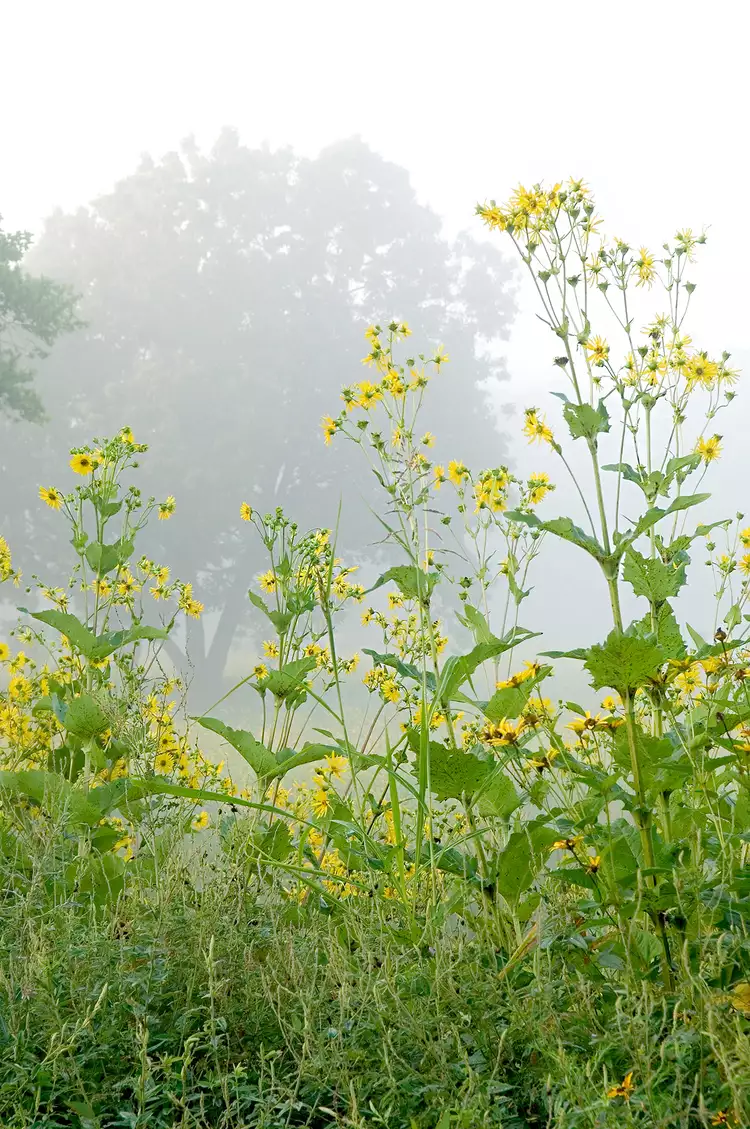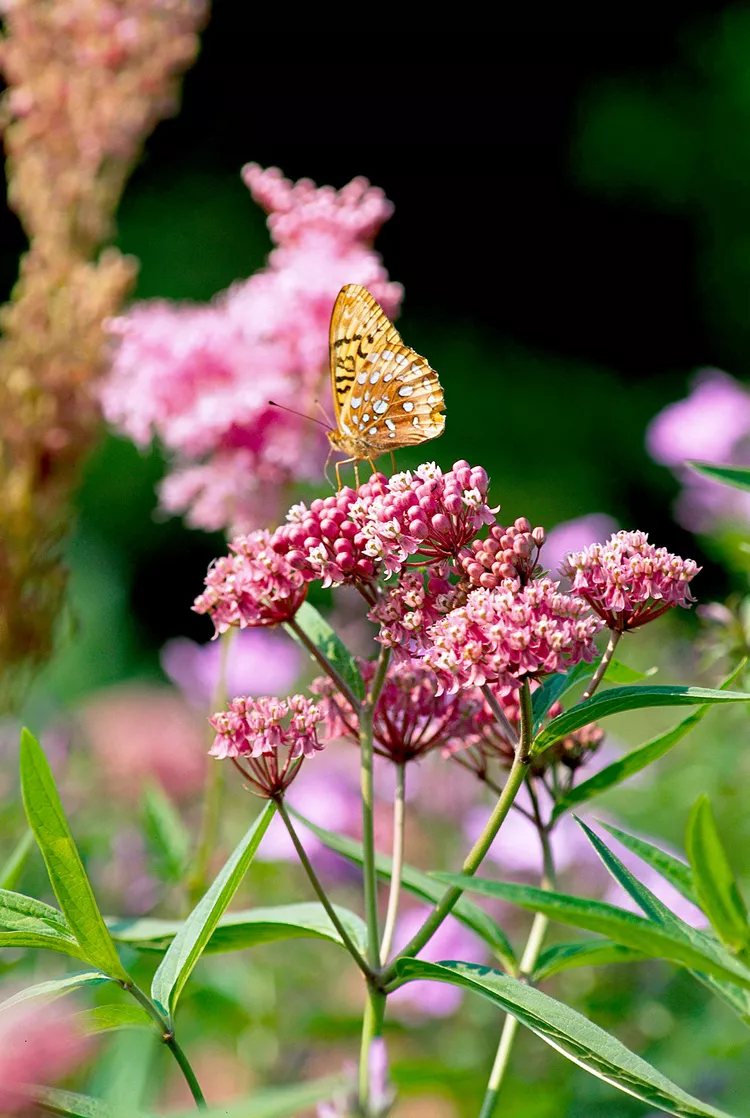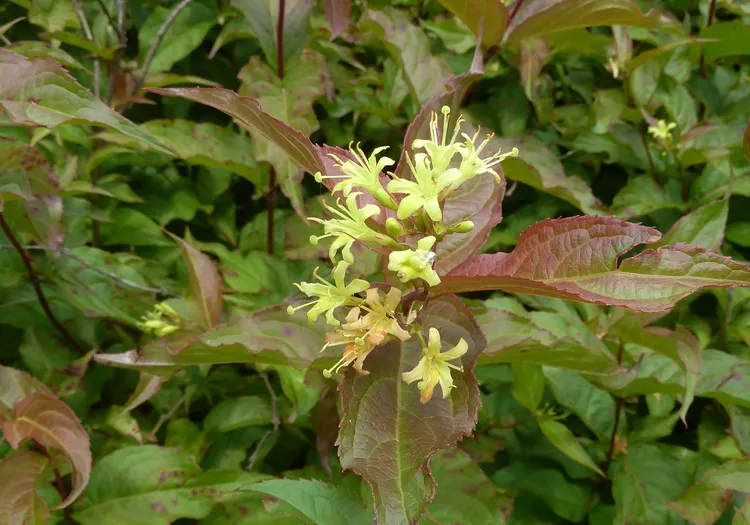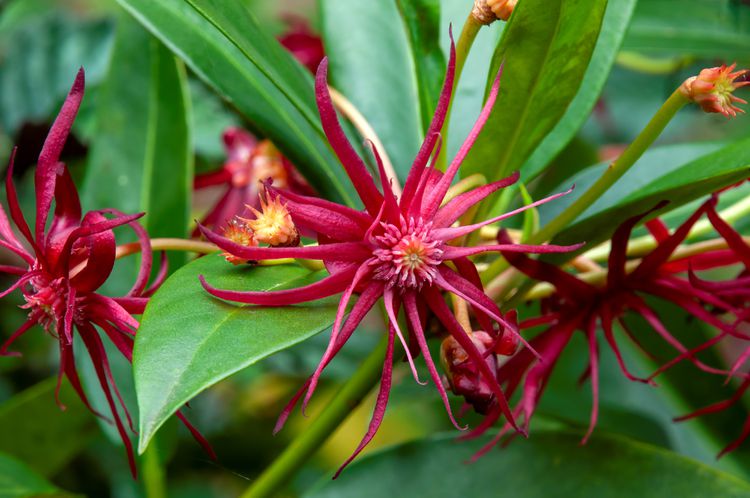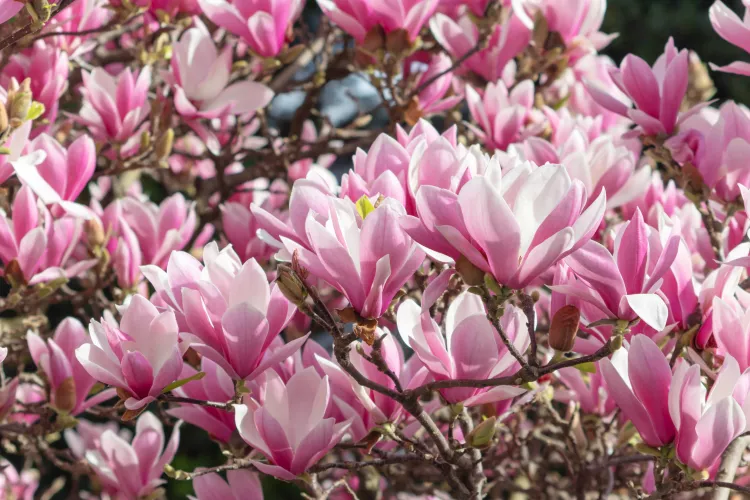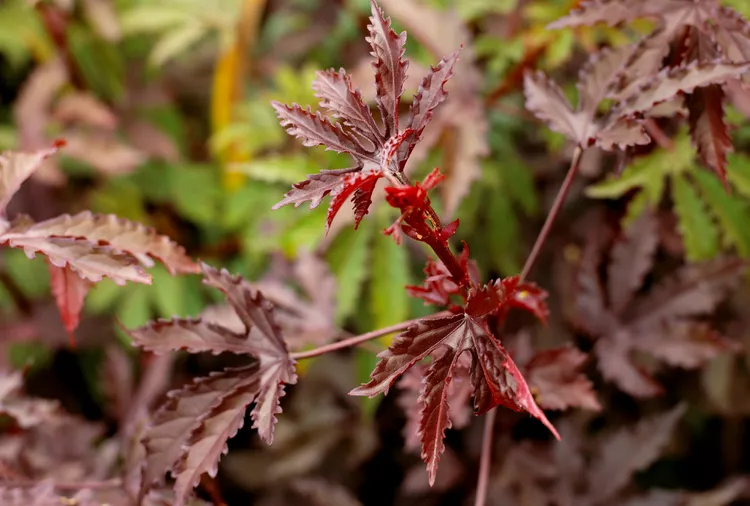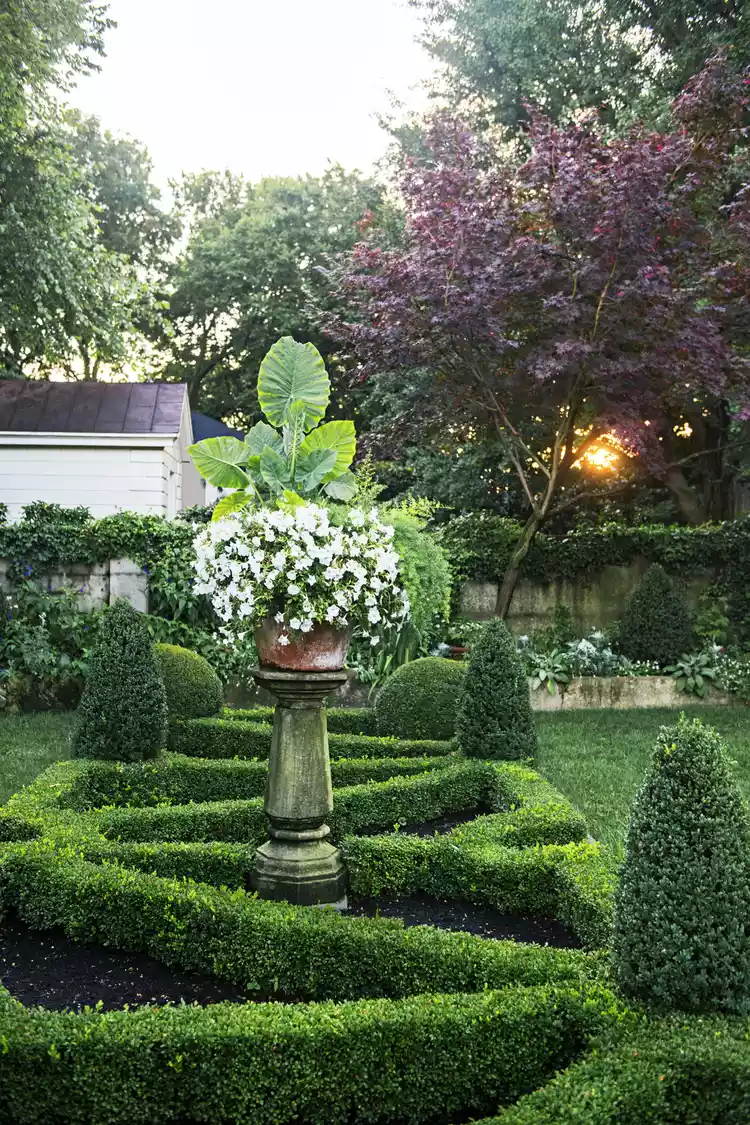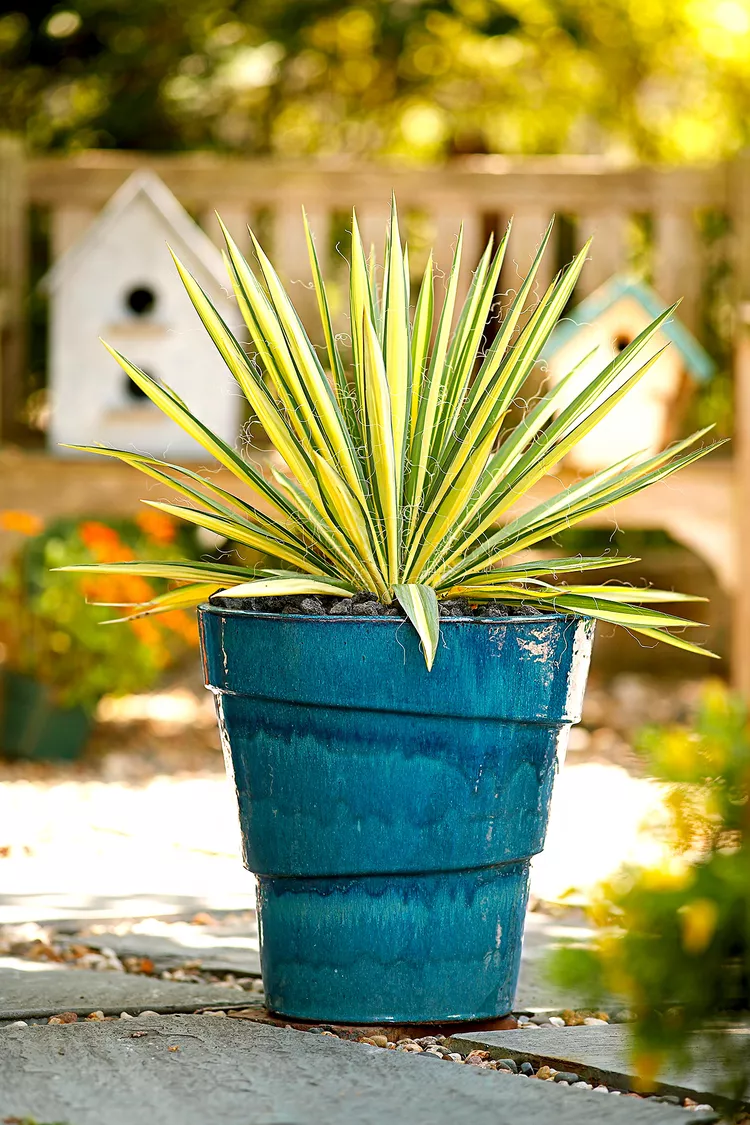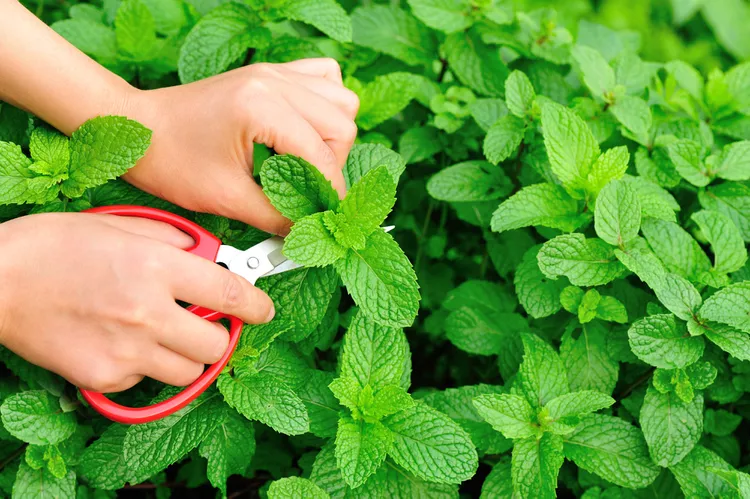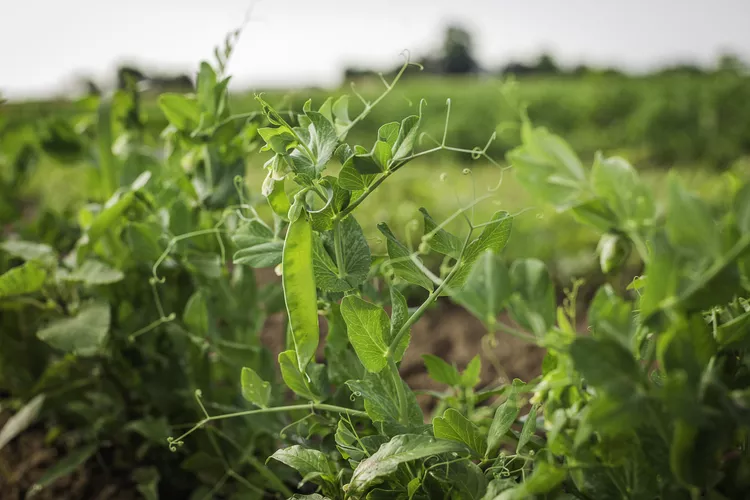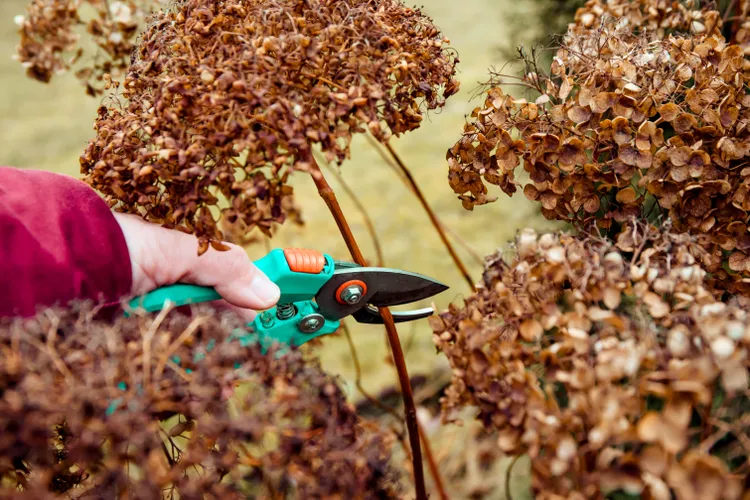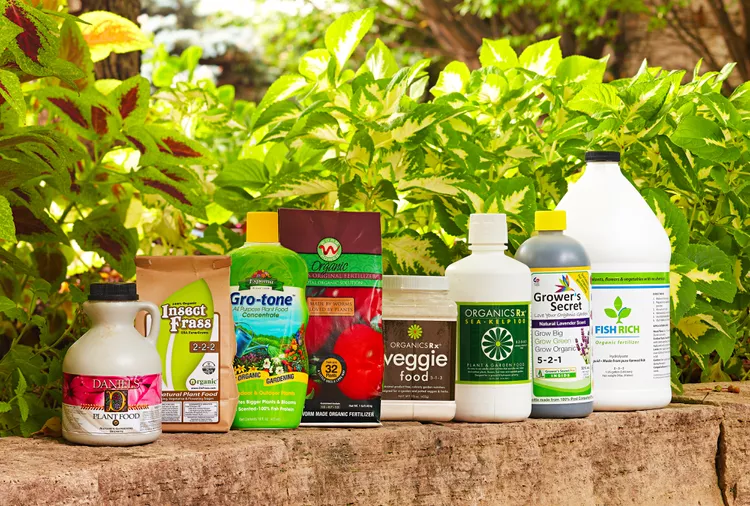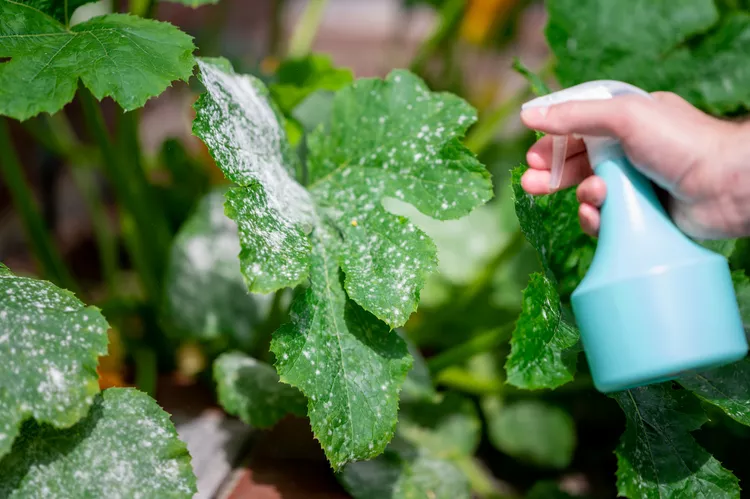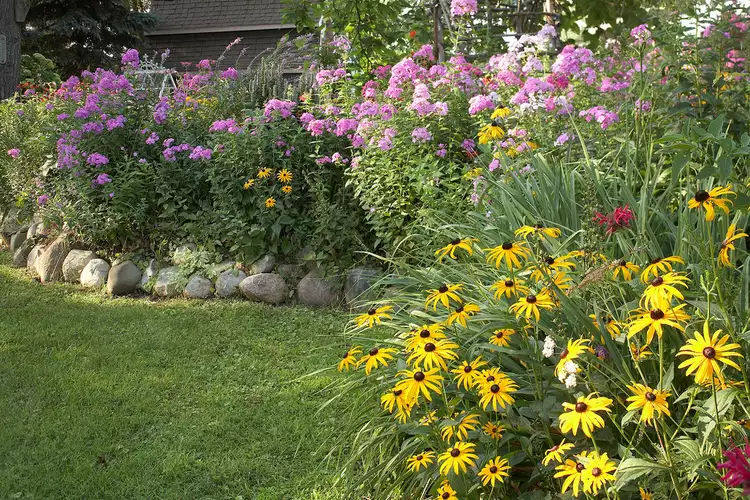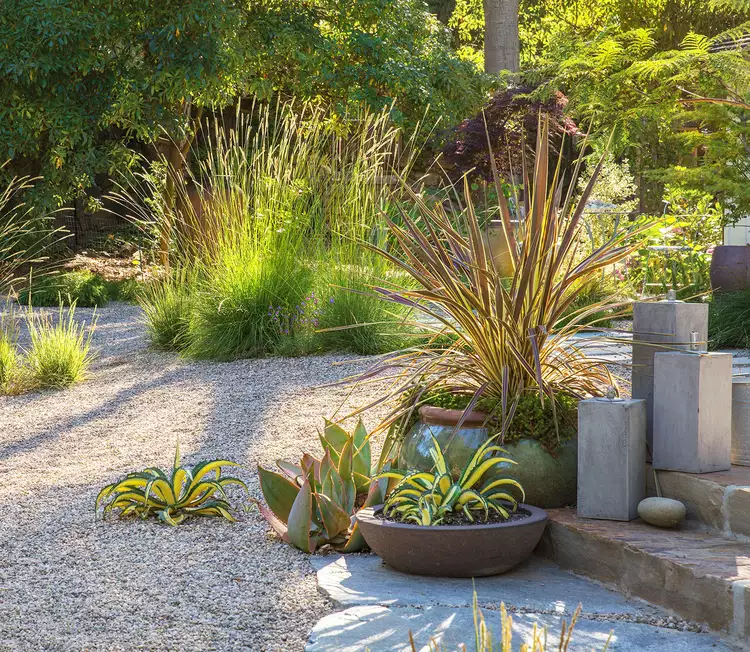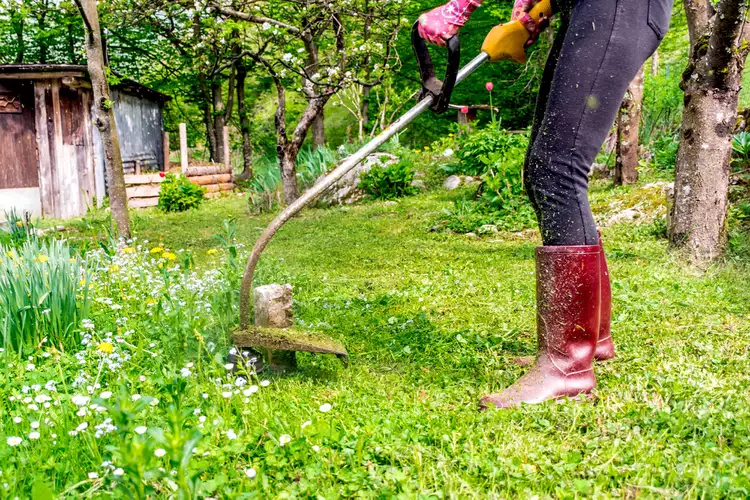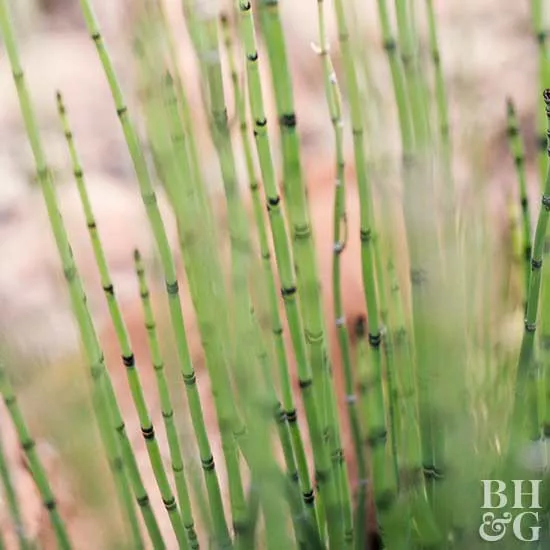Big, bold flowers and foliage give hydrangeas an irresistible appeal that seems to be growing every year. Traditionally consigned to shady corners, today’s wider market selection has many gardeners asking, "Do hydrangeas need full sun?"
Several newly popular species and varieties are marketed as ready for partial to full sun. But how much sun can hydrangeas actually tolerate, and which varieties are best for your garden? Here's what you need to know to give different types of hydrangeas the right amount of sun, according to experts from top hydrangea breeding companies.
- Natalie Carmolli is a public relations specialist with Proven Winners ColorChoice Shrubs.
- Ryan McEnaney is a spokesperson for Endless Summer hydrangeas and First Editions plant brands from Bailey Nurseries.
How much sun do hydrangeas need?
The most well-known hydrangeas are the iconic bigleaf types (Hydrangea macrophylla), such as the classic ‘Nikko Blue' with large, round, mophead flowers, that have typically been considered shrubs for shade. But there are over 50 species of hydrangea worldwide offering vast variety in flower, form, and sun tolerance.
“Most hydrangeas like part sun (4-6 hours of direct sun) or dappled shade,” says Natalie Carmolli with Proven Winners ColorChoice Shrubs. She points to mountain (H. serrata), smooth (H. arborescens), panicle (H. paniculata), and bigleaf hydrangeas as examples.
“Smooth hydrangeas can handle full sun in cooler climates,” notes Ryan McEnaney from Bailey Nurseries. “As you move into warmer climates, smooth hydrangeas require at least afternoon shade, if not fully dappled shade.” Popular smooth hydrangea varieties include the ‘Incrediball’ (an improved version of ‘Annabelle’) and the Invicibelle series.
Hydrangeas with Improved Sun Tolerance
There are bigleaf hydrangeas that can take some more sun now, too. Plant breeders have been working on "increasing flower power in challenging environments (both sun and shade)," says McEnaney. “The new Eclipse is a fantastic example of a bigleaf hydrangea that can tolerate a bit more sun with its dark foliage that absorbs sun better than light green leaves,” he adds. Other examples include ‘BloomStruck’ (shown above) and ‘Pop Star’ reblooming hydrangea varieties, which have thicker leaves that help them absorb the sun’s rays better, says McEnaney.
“My general rule of thumb when it comes to bigleaf hydrangeas and sun is, the ones with more saturated bloom colors fare better,” Carmolli says, recommending 'Lets Dance Big Band' and 'Let’s Dance ¡Arriba!'
These still come with a caveat, however. “While these few varieties are more sun tolerant, still be careful not to plant in full sun unless you’re in a Zone 4 or Zone 5 environment,” McEnaney says. “Dappled afternoon shade is still preferred for this species.”
Best Hydrangeas for Full Sun
There’s a clear winner, our experts say, when needing a hydrangea for full sun conditions.
"Panicle hydrangeas are the most sun-tolerant hydrangea,” Carmolli says. “In fact, they like 6 or more hours of sun per day for optimal performance. My new favorite is ‘Puffer Fish’ panicle hydrangea,” she says. It has “a fun little spurt of flowers that emerges from the tip of the panicle once the flower is fully formed.” The flowers on 'Puffer Fish' emerge light green, mature to pure white, and transition to lime green instead of pink like most panicles.
McEnaney suggests ‘Little Hottie’ panicle hydrangea for a small space and Berry White panicle hydrangea (shown above) for larger spaces. ‘Little Hottie’ has white flowers that stay bright throughout summer and was bred in Athens, Georgia specifically to thrive in warm-climate weather. 'Berry White' makes a great flowering hedge, he says, with white summer flowers evolving to a deep merlot red in fall, especially in cool climates.
Match Your Hydrangea to Your Garden
Understand your light exposure, soil type, and access to water before picking a new hydrangea and select one that matures at the right size for your space, says McEnaney. It’s always best to match new plants to your current garden conditions rather than trying to change conditions afterward by amending soil or pruning.
